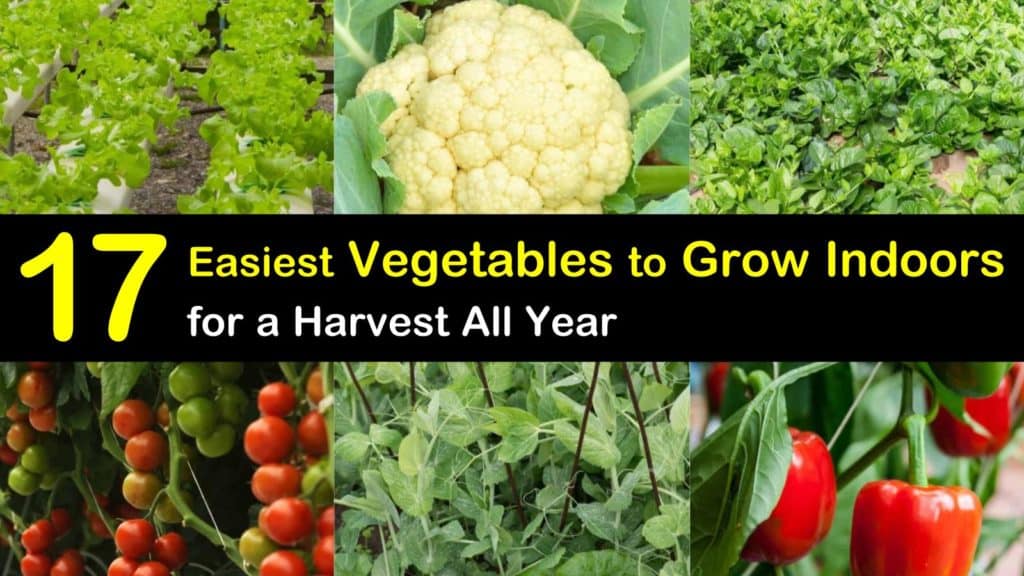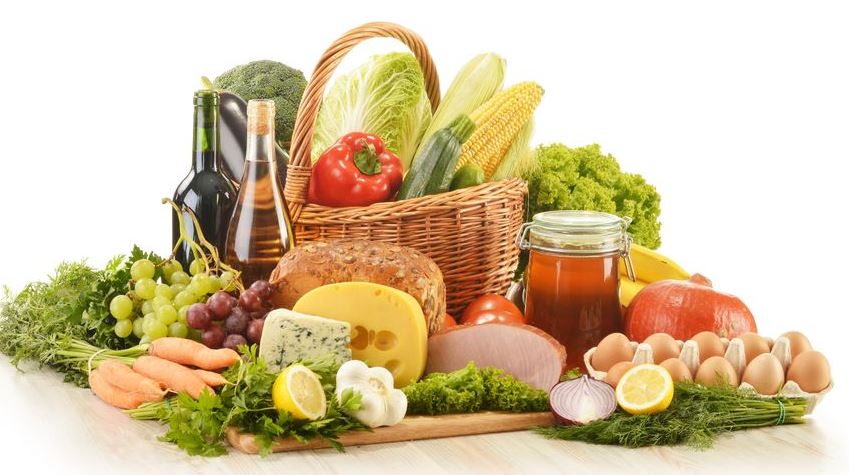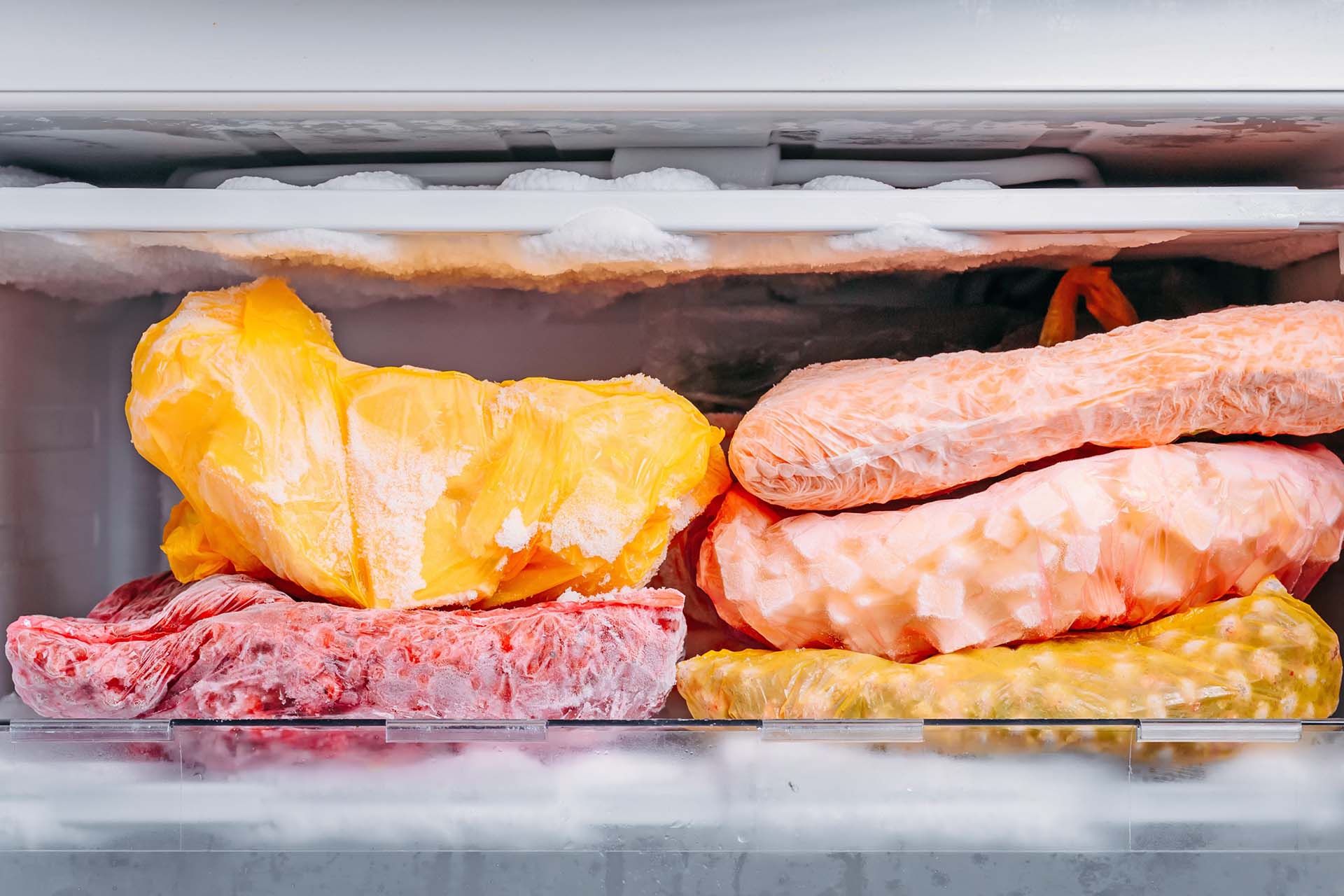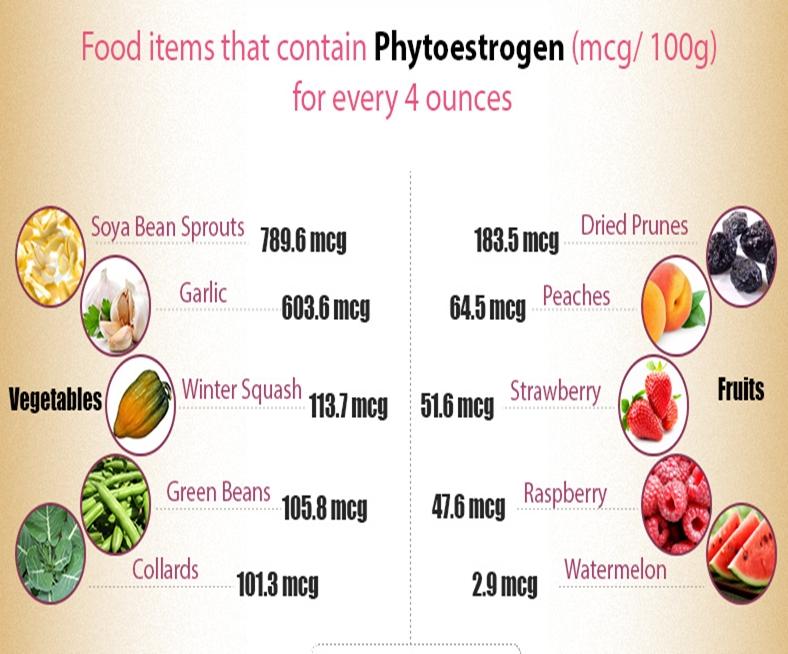Can I Grow Vegetables Indoors?

Yes, you can certainly grow vegetables indoors! Indoor vegetable gardening is a great way to have fresh, healthy produce all year round, regardless of the weather or the space you have available. With a little planning and the right setup, you can grow a variety of vegetables indoors, from leafy greens like lettuce and spinach to root vegetables like carrots and potatoes.

Benefits of Growing Vegetables Indoors:

- Year-Round Gardening: Indoor gardening allows you to grow vegetables all year long, regardless of the season or weather conditions outside.
- Fresh and Healthy Produce: Homegrown vegetables are often fresher and more nutritious than store-bought ones.
- Control Over Growing Conditions: You have complete control over the growing conditions, such as temperature, lighting, and water, which can help you optimize plant growth and prevent pests and diseases.
- Space-Saving: Indoor gardening is a great option for people with limited outdoor space, such as apartment dwellers or those living in urban areas.
- Educational and Fun: Gardening indoors can be a fun and educational activity for children and adults alike.
Getting Started with Indoor Vegetable Gardening:
- Choose the Right Location: Select a spot in your home that receives adequate sunlight, or consider using grow lights to supplement natural light.
- Choose the Right Vegetables: Some vegetables are better suited for indoor gardening than others. Leafy greens, root vegetables, and some herbs are good choices for beginners.
- Prepare the Soil: Use a well-drained potting mix that is specifically formulated for vegetables.
- Plant Your Seeds or Seedlings: Follow the instructions on the seed packet or seedling tag for planting depth and spacing.
- Provide Adequate Lighting: Most vegetables need at least 6-8 hours of sunlight per day. If you are growing in a location without sufficient natural light, you will need to use grow lights.
- Water Regularly: Keep the soil evenly moist but not waterlogged.
- Fertilize Regularly: Vegetables need regular fertilization to thrive. Use a balanced fertilizer according to the package instructions.
- Control Pests and Diseases: Monitor your plants for pests and diseases, and take appropriate action if necessary.
- Harvest Your Vegetables: Harvest your vegetables when they are ripe. The specific harvest time will vary depending on the type of vegetable.
With a little care and attention, you can successfully grow a variety of vegetables indoors and enjoy fresh, homegrown produce all year round.










